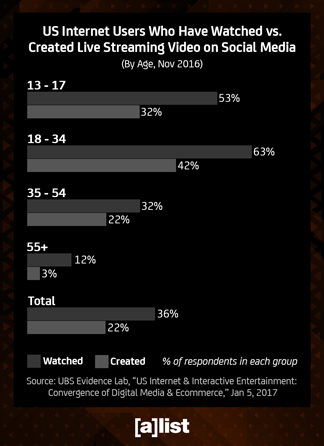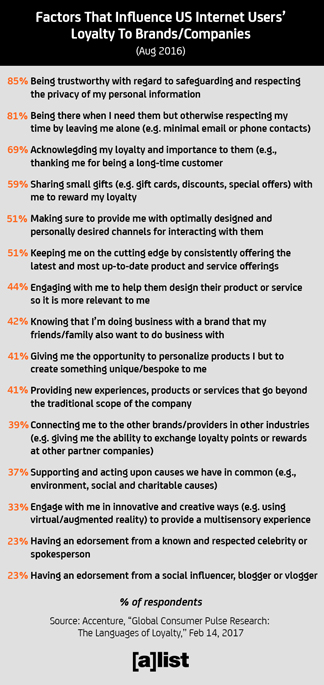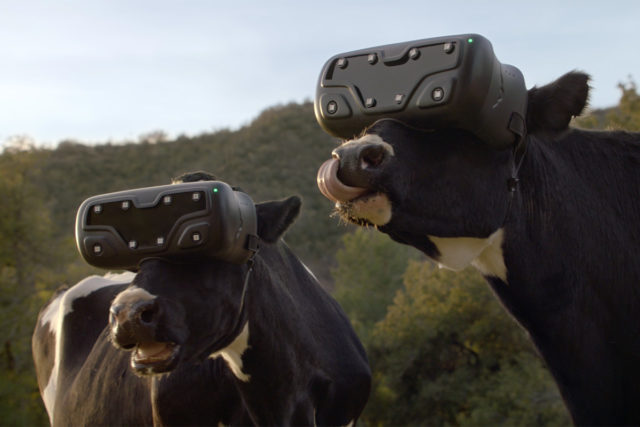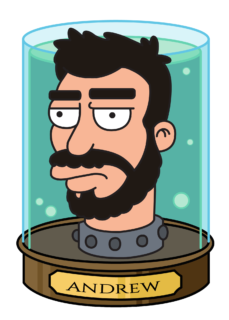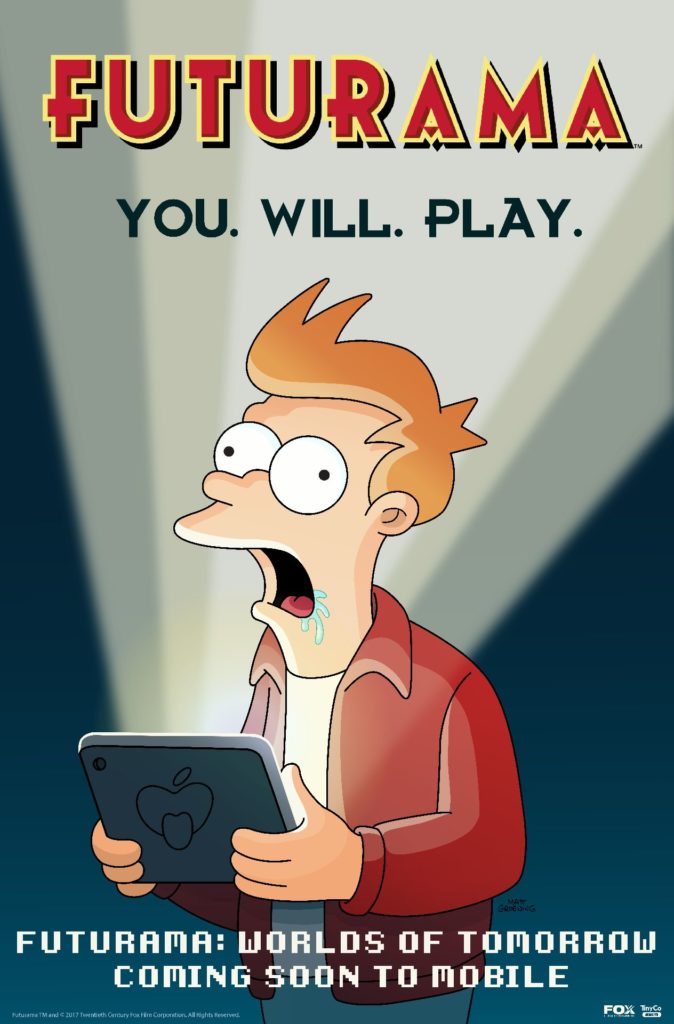While eSports is still a new concept to many companies, especially mainstream brands, Intel is celebrating the culmination of its 11th season as lead sponsor of the Intel Extreme Masters (IEM). Through its partnership with ESL, Intel has turned the little city of Katowice, Poland, into the home of the Super Bowl of competitive gaming. This year, the event has been expanded to cover two successive weekends of eSports competition.
Top teams from around the globe will compete in League of Legends this weekend at the Spodek Arena, while the action will pivot to StarCraft II and Counter-Strike: Global Offensive next weekend. There will also be competition off the main stages with Heroes of the Storm and CrossFire tournaments in dedicated tournament areas. Additionally, there will be an all-female CS:GO IEM Challenger, which is part of Intel’s diversity initiative.
George Woo, worldwide event marketing manager at Intel, told [a]listdaily that IEM’s Katowice stop, which also serves as the Finals for the season, is different from a lot of eSports stops.
“Next weekend we open up the IEM Expo, which showcases the latest products for attendees to check out in 20 booths,” Woo said. “This year, we’re trying to push the envelope of this amazing experience by focusing on virtual reality, which is still a big industry focus and continues to carry a lot of buzz. Attendees will be able to check out VR by playing pre-release games on head-mounted displays that aren’t on the market yet.”
Sliver.tv has partnered with IEM and ESL to bring the CS:GO competition home in VR for the millions of fans who can’t travel to Poland. For those who are at the event, there will be viewing stations for people to check out the action in VR.
“There will also be a VR Festival Day on Sunday, March 5 in the auditorium showcasing three new Oculus Touch VR titles that are eSports friendly—The Unspoken, Lone Echo and Serious Sam,” Woo said. “We’ll have hosted tournaments with people coming up on stage to compete for some cool prizes, and it will all be streamed on Twitch.”
In addition to the public-facing IEM Expo, Spodek will host a business center with VIP suites for partners, interview rooms for media and Intel retail training and retail meetings with top accounts in the region. Inside this area, Intel will be showing its new VR headset called Project Alloy, which made its debut at CES last month in Las Vegas. VR games such as Ubisoft’s Star Trek: Bridge Commander will also be demonstrated there.
IEM Katowice is also the first event to attract non-endemic brand Gillette, which has partnered with League of Legends team owner xPeke in an activation that will allow fans this weekend to design custom IEM razors and then 3D print them at the booth. “Gillette joined our family this year and we’re slowly but surely getting more non-endemic brands interested in IEM,” Woo said.
Gillette will be reaching a lot of people on site, and even more via livestreams. “We project, with the two weekends and the sold out arena, we’ll have over 125,000 people here—on the conservative side,” Woo said. “There are people from all over the world that attend this event. There’s an influx of international people.”
While the Spodek Arena only holds 12,000 people, the IEM Expo has attendees coming in and out the entire time with long lines, according to Woo.
Last year’s Finals attracted 34 million unique viewers online, and Woo believes with two weekends of competition, this year’s numbers will be close to 40 million views. “Everything has been growing from each stop this season,” Woo said. “Our three titles (League of Legends, CS:GO and SC2) will have record numbers. There’s a lot more effort Intel is putting behind PR and social this year, and we’ll make history. Our overall program numbers are good and we’ve expanded to new markets like Korea, and the numbers there were fine. We’d like to find another market like Poland and emulate that.”
Woo said next season Intel is in discussion with ESL for potentially two new titles, although there are always discussions each season. Intel won’t go beyond the three premiere title slots, but there is room for additional content through smaller stages for publishers who want to promote their titles. Last year, Intel worked with Ubisoft to launch Rainbow Six Siege eSports, and this year the focus has been on CrossFire and Heroes of the Storm.

